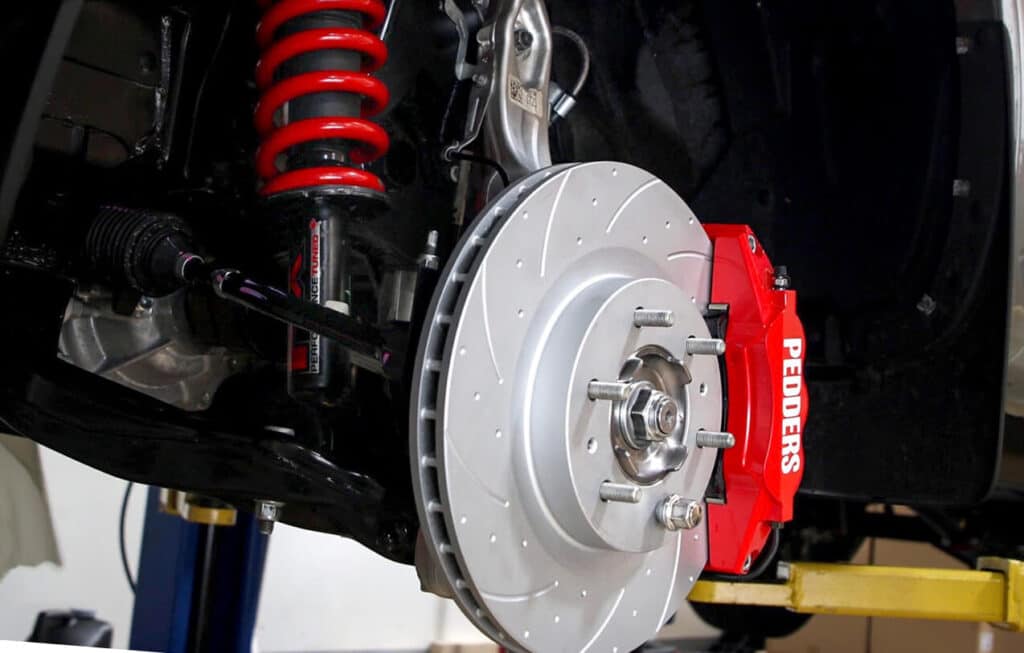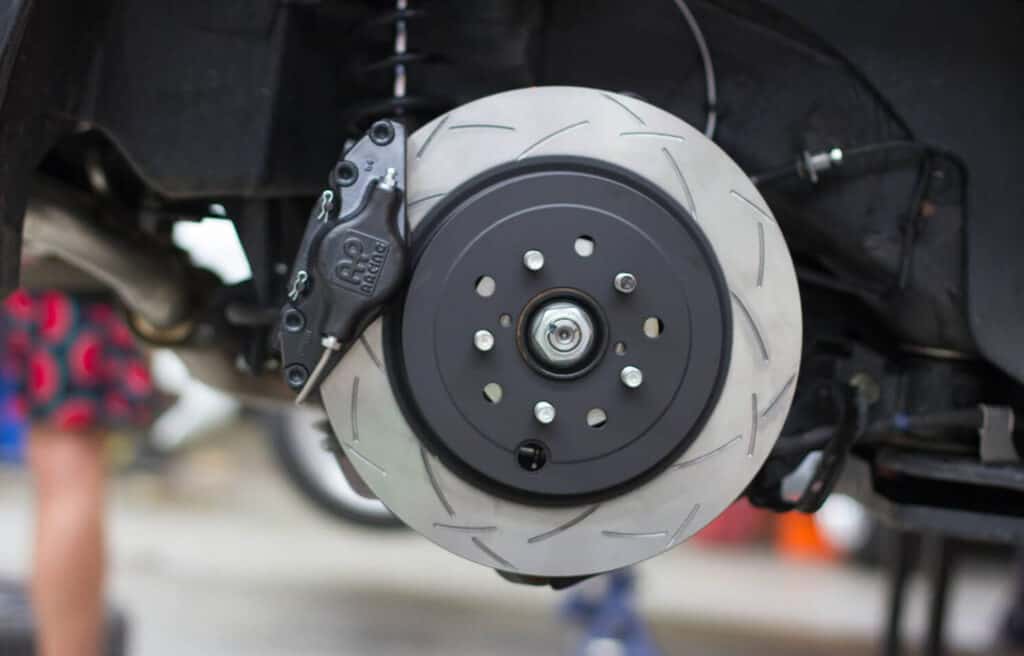The Importance of Breaking in New Brakes
When it comes to vehicle safety and performance, few components are as critical as your braking system. Whether you’re cruising down the highway or navigating city streets, you rely on your brakes to respond effectively in various driving situations. To ensure your new brakes perform at their best and last as long as possible, it’s essential to break them in properly. The break-in process, also known as “bedding” or “burnishing,” helps establish the optimal contact between brake components, providing a smooth and efficient braking experience.
What Is Brake Break-In? Understanding the Process and Its Purpose
Brake break-in refers to the controlled process of heating and cooling the brake components after installation to achieve optimal contact and friction between the brake pads and rotors (for disc brakes) or shoes and drums (for drum brakes). This process helps to establish an even transfer of brake pad material onto the rotor or drum surface, resulting in consistent and efficient braking performance.

The Science Behind Brake Break-In: Pad Transfer and Bedding
During the break-in process, brake pad material is transferred onto the rotor or drum surface, creating a thin layer known as the transfer film. This film ensures even heat distribution across the rotor or drum surface and reduces the risk of hot spots, which can cause brake fade, uneven wear, and rotor warping. Properly bedding your brakes helps to prevent brake noise, vibration, and premature wear of brake components.
Proper Break-In Techniques for Different Brake Components
Different brake components require specific break-in techniques to ensure optimal performance and longevity. The break-in process for disc brakes and drum brakes involves a series of gradual stops, allowing the brake components to heat up and cool down in a controlled manner. This helps to establish an even transfer film on the rotor or drum surface.
Disc Brake Pads and Rotors
For disc brake pads and rotors, the break-in process involves performing a series of gentle to moderate stops from varying speeds, typically ranging from 50 to 100 km per hour. This process generates heat within the brake components, promoting even pad transfer onto the rotor surface. After each stop, it’s essential to allow the brakes to cool down for a short period, preventing excessive heat buildup and ensuring a consistent transfer film.
Drum Brake Shoes and Drums
For drum brake shoes and drums, the break-in process is similar to disc brakes but may require slightly longer cooling periods between stops. This allows for proper heat dissipation and ensures even contact between the brake shoes and drums. Gently applying the brakes from moderate speeds and allowing the components to cool between stops helps to achieve an even bedding process.
A Step-by-Step Guide to Breaking in Your New Brakes
To break in your new brakes effectively, follow these simple steps:
• Gradual Speed Reductions: Begin by driving at moderate speeds, around 30 to 60 miles per hour, and applying the brakes gently to reduce speed by about 10 to 15 miles per hour. Repeat this process several times to build heat in the brake components. Be cautious not to come to a complete stop during this process, as it can cause uneven pad transfer.
• Cooling Periods Between Stops: Allow sufficient time for the brakes to cool down between stops, usually around 30 seconds to 1 minute. This prevents overheating and helps maintain even pad transfer during the break-in process.
• Avoiding Hard or Panic Stops: During the break-in process, avoid hard or panic stops, as they can cause uneven pad transfer and potentially damage the brake components. Instead, focus on gradual speed reductions and controlled braking.
How Long Does the Break-In Process Take?
The break-in process typically takes between 30 to 50 gradual stops, depending on the specific brake components and driving conditions. It’s essential to follow the manufacturer’s recommendations for proper break-in procedures. Some brake pad materials, like high-performance or racing pads, may require a more aggressive break-in process, while others may call for a more gentle approach.
Potential Consequences of Improper Brake Break-In
Failing to break in your new brakes properly can have several negative consequences, including:
• Reduced Braking Performance: Improper break-in can lead to uneven pad transfer, resulting in reduced braking performance and efficiency. This unevenness can cause inconsistent braking and a longer stopping distance, which can be dangerous, especially during emergency braking situations.
• Premature Wear and Damage: If not properly broken in, your brakes may experience premature wear and tear, potentially leading to damage to the brake components and the need for early replacement. Improper break-in can cause issues like rotor warping, uneven pad wear, and even brake failure in extreme cases.
• Brake Noise and Vibration: Improperly broken-in brakes can cause noise and vibration due to uneven contact between the brake pads and rotors or shoes and drums. This can result in annoying squeaking, squealing, or grinding sounds, as well as vibrations felt through the brake pedal or steering wheel.
Break-In Tips for Different Types of Brake Pad Materials
Different brake pad materials may require slightly different break-in procedures. For example, organic and semi-metallic brake pads generally require a gentler break-in process, while ceramic and high-performance brake pads may necessitate a more aggressive approach. Follow the manufacturer’s guidelines for the specific material to ensure optimal performance and longevity.

Ensuring Safety During the Brake Break-In Process
During the break-in process, exercise caution and maintain a safe following distance from other vehicles. Be prepared to adjust your braking habits temporarily as your new brakes settle in. Keep in mind that your brakes may feel different or less responsive during the break-in period, so it’s essential to stay aware of your surroundings and adjust your driving style accordingly.
Conclusion: Maximize Your Brakes’ Performance and Lifespan by Breaking Them in Properly
By properly breaking in your new brakes, you can ensure optimal performance, extend their lifespan, and enhance your vehicle’s safety. Always follow the manufacturer’s guidelines and remain cautious during the break-in process for the best results. Remember that taking the time to break in your brakes correctly will pay off in the long run by providing consistent and reliable braking performance, ensuring a safe and enjoyable driving experience.
